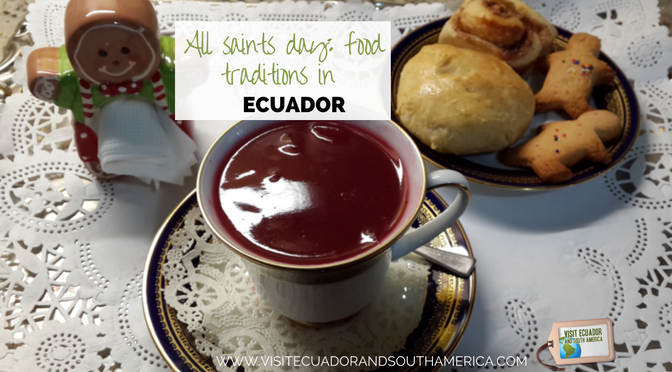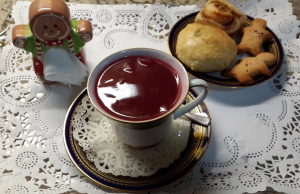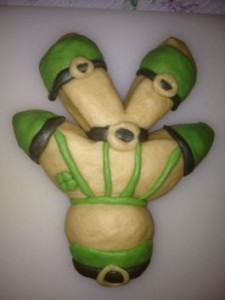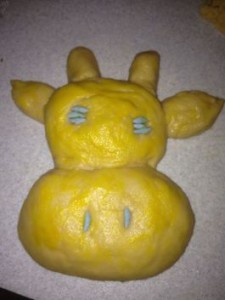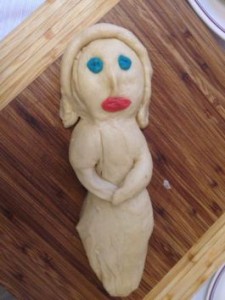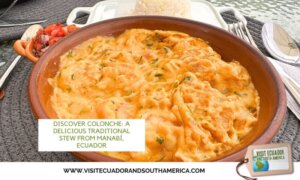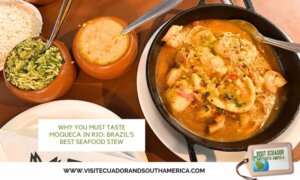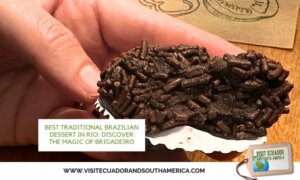All saints day: Easter food traditions in Ecuador
Easter in Ecuador is not just about chocolate eggs and bunnies; it’s a vibrant celebration deeply intertwined with indigenous traditions and flavors that have stood the test of time. While the world knows about the iconic Day of the Dead celebrations in Mexico, Ecuador has its own unique way of commemorating this special day on November 2nd. In the heart of this celebration lie two culinary delights that define the Day of the Dead in Ecuador: guaguas de pan (bread babies) and colada morada (a spiced berry and purple corn drink). Let’s delve into the rich history, cultural significance, and delectable recipes that make this Easter celebration in Ecuador a truly unforgettable experience.
How Is Day of the Dead in Ecuador Celebrated:
Ecuador’s Day of the Dead is a colorful and poignant celebration that revolves around honoring departed loved ones. Families across the nation come together to commemorate this day in their own unique ways, but one tradition that unites them all is the preparation and sharing of guaguas de pan and colada morada. These delicacies symbolize the connection between the living and the deceased, embodying the spirit of remembrance and togetherness that defines this day.
Every year on November the 2nd, there is a special tradition that takes place in Ecuador, It is the day of the Dead or All Saints Day (Spanish: ‘día de los difuntos’) This is the day to honor the death. How? We visit them on their graves and then gather together with the family in order to eat the delicious traditional dish called colada morada together with bread dolls “guaguas de pan”.
As in all Latin American countries, we enjoy spending time together with the family: parents, siblings, cousins, as well as grandparents. Our motto: “The more the merrier”.
 If you are in South America I would love to see your pictures.
If you are in South America I would love to see your pictures.
History of Guaguas de Pan and Colada Morada:
The roots of guaguas de pan and colada morada trace back to indigenous traditions in Ecuador. Long before the Spanish conquest, indigenous communities celebrated Aya Marcay Quilla in November, marking the onset of the rainy season. During these festivities, mummified ancestors were paraded through villages, accompanied by music, rituals, and, of course, food. The bread, initially crafted from a blend of cornflour and pumpkin, symbolized the continuity of life, while the beverage was a less fruity concoction, sometimes even rumored to include a blood drink, contributing to its deep purple hue.
Here are some food traditions in Ecuador during All Saints Day
About Colada Morada:
The heartwarming and spiced berry-infused colada morada is a cornerstone of Ecuador’s Day of the Dead festivities. You can prepare this iconic drink with a unique blend of fruits, spices, and purple corn flour. The preparation may vary across families and regions, with some serving it hot, while others prefer it chilled. This recipe here will guide you through the process of creating this sacred beverage, replete with its deep purple color and intricate flavors.
 About Guaguas de Pan:
About Guaguas de Pan:
To experience the essence of Ecuadorian Easter, you can create your very own guaguas de pan by following this delightful recipe, which you can find here. These doll-shaped breads, initially used to mark graves and provide sustenance to the departed, have evolved into a cherished culinary art form. Today, families gather to craft these bread babies in various shapes and colors, igniting creativity and tradition in equal measure.
Conclusion
In Ecuador, Easter transcends mere religious observance; it’s a vibrant tapestry woven with cultural threads, connecting the past and present. Guaguas de pan and colada morada are not just food; they are symbols of love, respect, and the enduring bond between the living and the departed. This Easter, why not bring a taste of Ecuador’s rich traditions to your table and celebrate the Day of the Dead with the warmth of family, delicious food, and cherished memories?
PIN IT FOR LATER
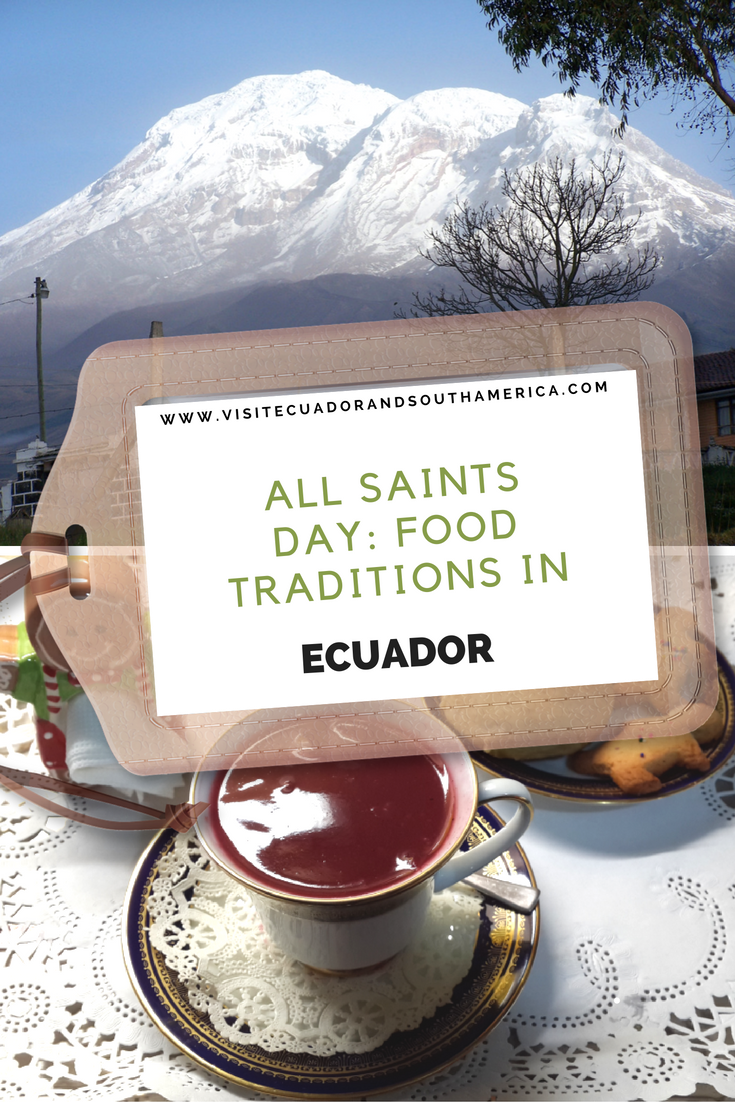
Love trying new food? Did you love the desserts you tasted while you were in South America? Check out the book Dulce: Desserts in the Latin-American Tradition, by JoseLuis Flores. It is well-written book with some of the best recipes in Latin-American desserts.
Don´t just dream it, make it happen. Plan your South American trip with a local!
Take a look at this list of travel resources to plan your trip and travel in South America.
Day dreaming about your trip to South America? Order here your Free Ebook, I share with you some useful tips & resources for a memorable trip!
I invite you to follow me on Facebook, Twitter, Pinterest and Instagram. In addition, you can subscribe on YouTube.
You can also send an email to get help planning your trip: info(at) visitecuadorandsouthamerica(dot)com
Save
Save

